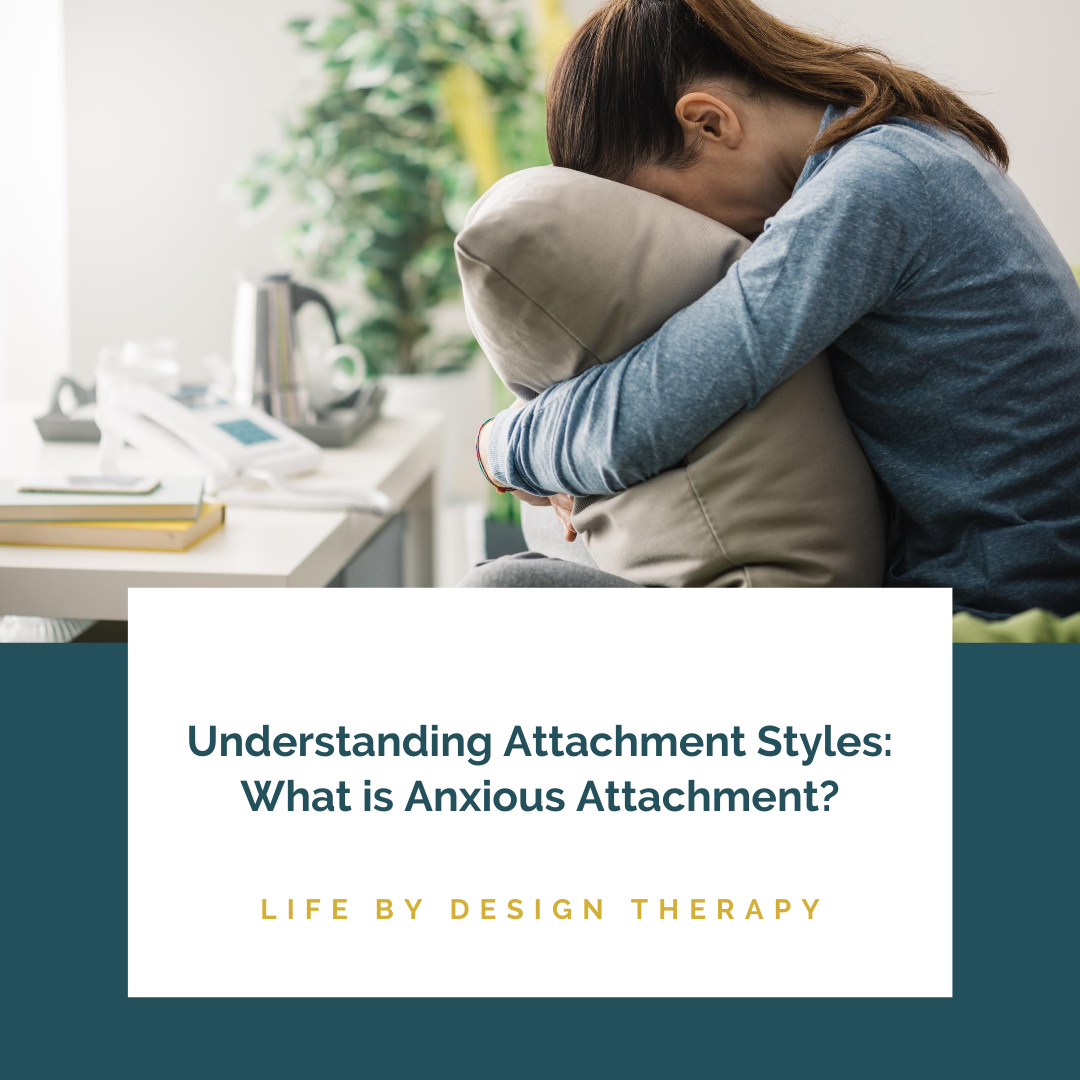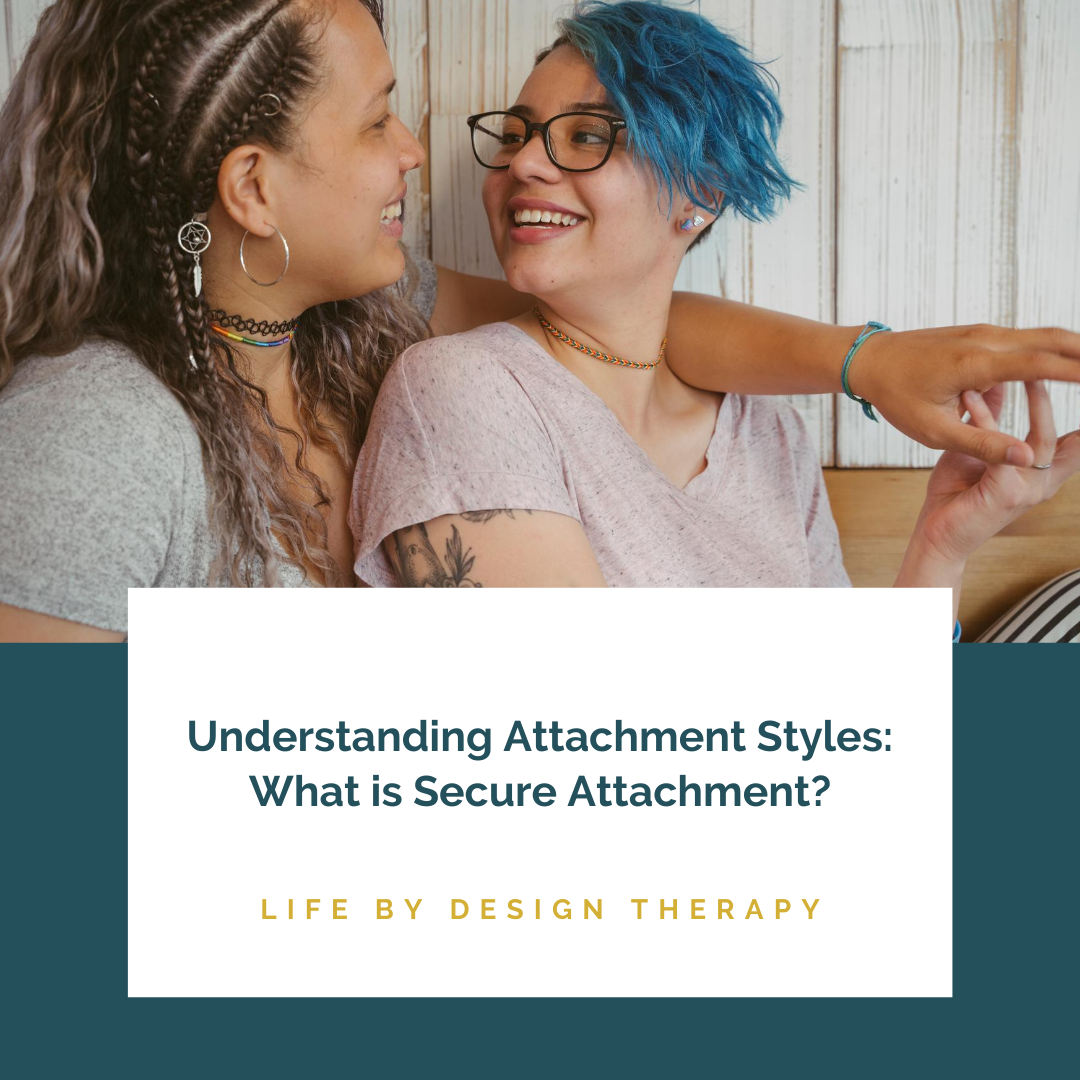by Melody Wright, LMFT
Anxious thoughts or worries can be caused by stress and anxiety. You may have noticed that current world events, as well as the ongoing pandemic, may have impacted or increased the amount of anxious thoughts you’re experiencing. If you’re finding that your anxious thoughts are becoming overwhelming, using coping mechanisms such as affirmations can help you ease your anxious thoughts.
Affirmations can be described as positive statements that can help you challenge and address anxious, or worrying, thoughts. Affirmations are usually short statements that are meant to help you feel in control of your thoughts and emotions. When practiced enough, they can help us make positive changes and stop our anxious thoughts from escalating or becoming overwhelming. If you’re ready to create some affirmations for yourself, you can reference the tips below while you put them together:
Make your affirmations short, sweet, and to the point. This will help make your affirmations easy to remember and easy to use whenever you need them.
Make affirmations relevant to you and your desired actions. The things that make you anxious can be very different than what makes someone else worry. Tailoring your affirmations to address the things that make you anxious, or help you refocus, will help them be more effective for you.
Make affirmations meaningful. Affirmations are meant to create a positive mindframe for you, and help you move away from anxious thoughts. The more meaningful the affirmation, the better mindset you can achieve from reciting it.
If you’re having trouble coming up with some affirmations, here’s some sample ones to get you started:
“This is only a thought, and I can change this thought”
“I have been through this before, and trust I can get through this again”
“I will take a step back and breathe, and return to this feeling relaxed and calmer”
“I am enough and I am doing enough.”
“I am open to new opportunities”
“I am happy and grateful for my current health”
Notice that these affirmations can vary in purpose and address different types of thoughts. Affirmations can address negative thoughts directly (“This is only a thought, and I can change this thought”), or they can focus on specific feelings that may usually trigger worries or negative thoughts (“I am enough and I am doing enough.”) If you notice that specific feelings trigger your anxious thoughts, such as not feeling worthy or being concerned about not doing enough, you can create affirmations that help remind you that you are worthy and that you are doing your best, which is more than enough. As you create these affirmations, we encourage you to be gentle with yourself and remember to give yourself grace, and integrate that grace and care within your affirmations.
While we understand that not all of these affirmations may be applicable to you, we encourage you to find and create affirmations that feel right for you and your current situation. If you find yourself needing some support with creating affirmations, or you’re interested in learning more strategies to combat your anxious thoughts, we encourage you to book a phone consultation today at Life by Design. Life by Design offers therapeutic services with qualified professionals that can give you the tools you need to help address your worries and anxious thoughts. Book a phone consultation today for more information and get you connected to additional support.
































































